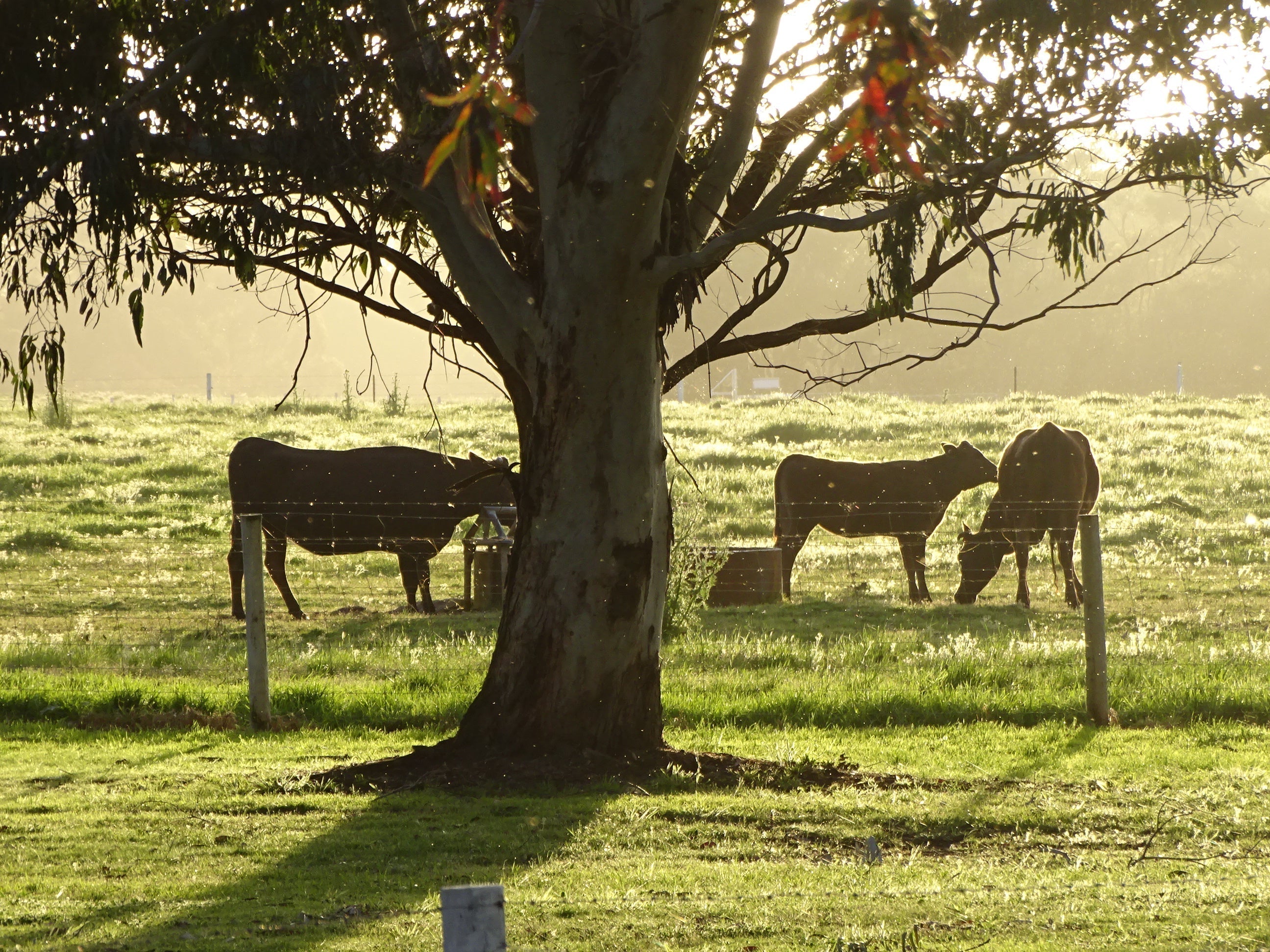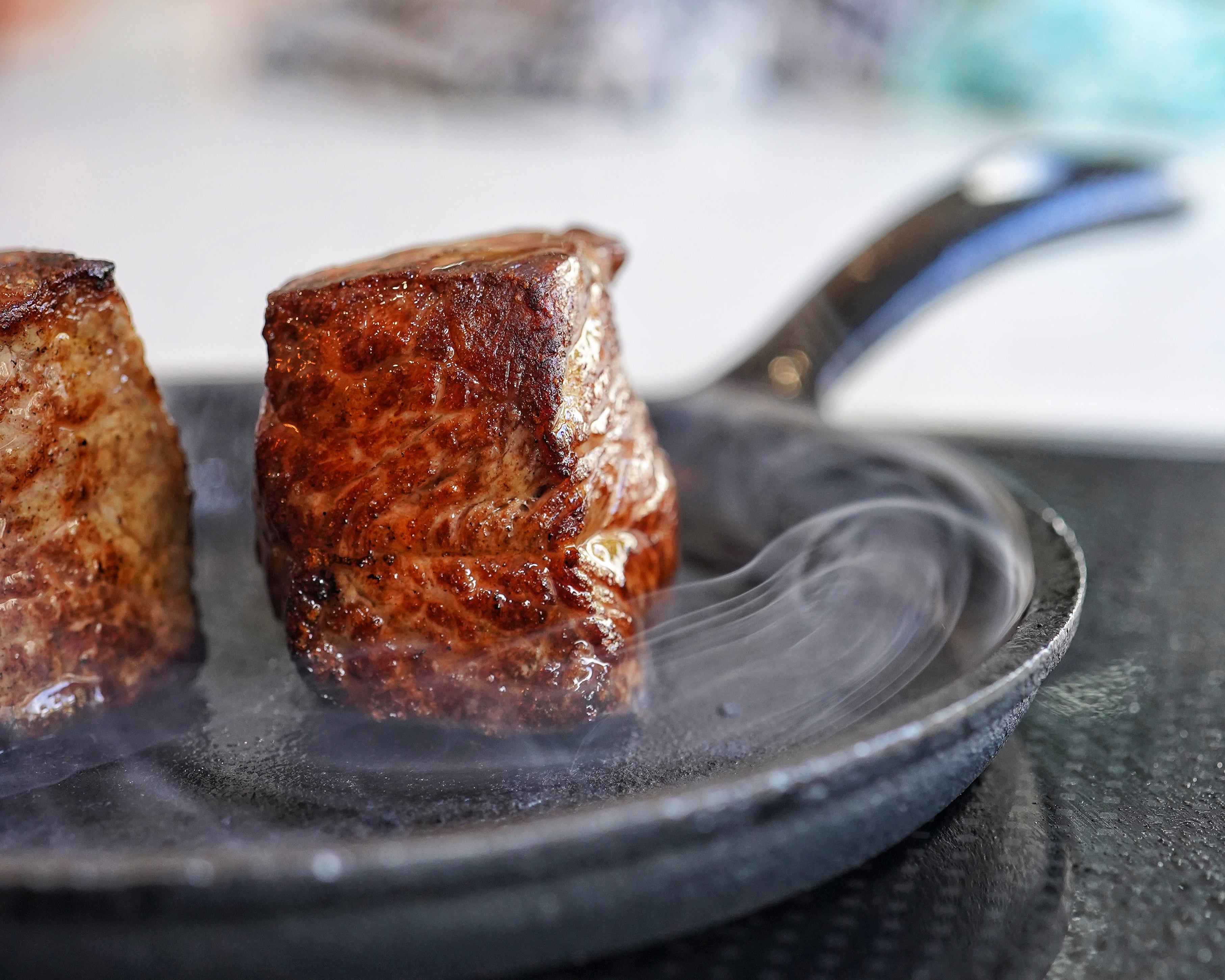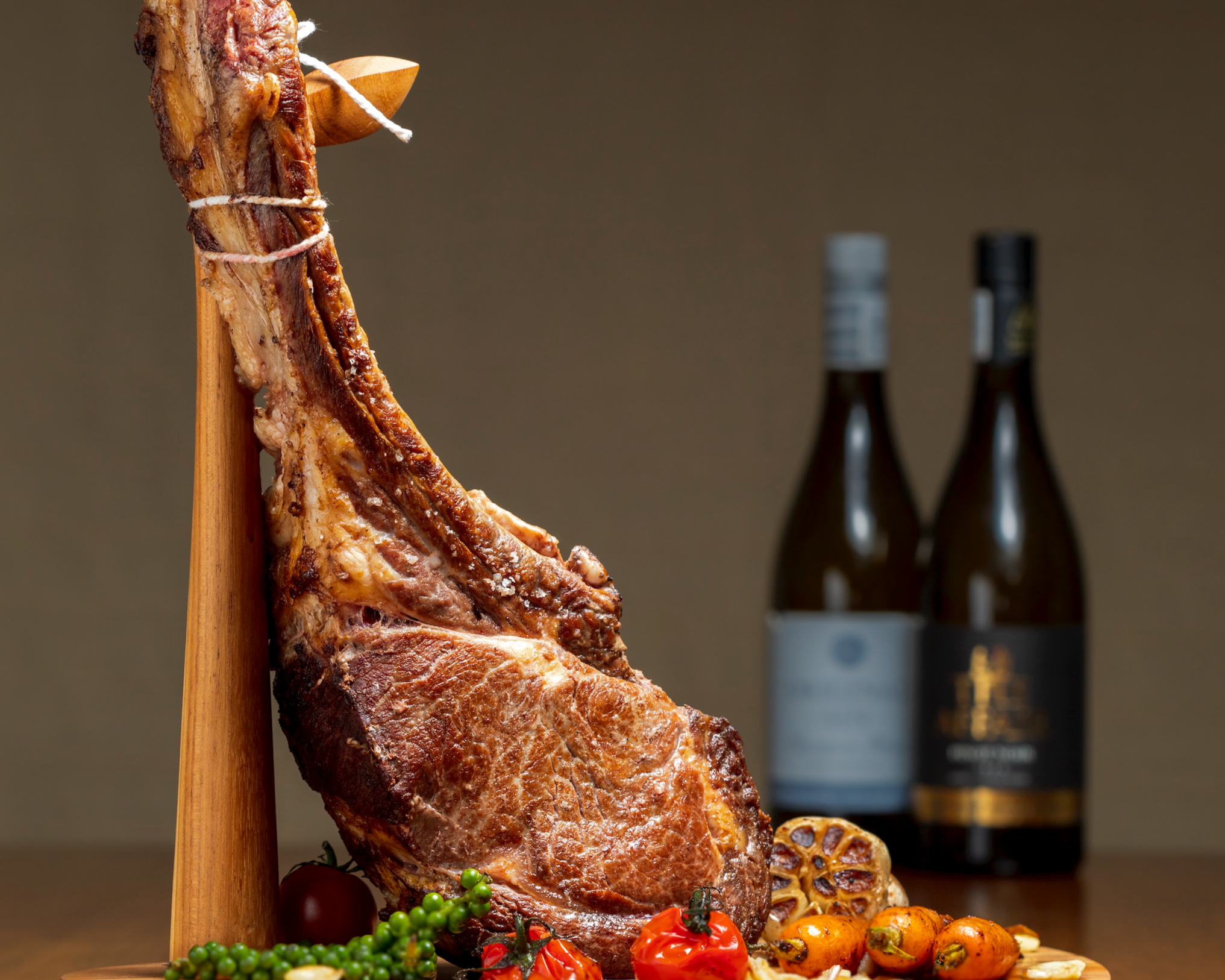Article: Frequently Asked Questions

Frequently Asked Questions
What is Wagyu beef?
Wagyu beef is a highly marbled, premium beef originating from Japan. Known for its exceptional tenderness and rich flavor, it is widely regarded as the ultimate-tasting beef.
What is marbling?
Marbling refers to the fine lines of white fat, known as intra-muscular fat, that run through the red meat in Wagyu beef. When melted during cooking, this fat enhances the beef’s flavor, tenderness, and juiciness, creating a luxurious dining experience.
We have another page on this topic, here.
What is Fullblood Wagyu beef?
Fullblood Wagyu beef comes from cattle whose genetic lineage can be traced back to the original Japanese Wagyu without any crossbreeding. Verified through secure records and genomic testing, Fullblood Wagyu consistently produces the highest quality marbled beef in Australia.
Where is Futari Fullblood Wagyu grown?
Futari Wagyu is raised at the Irongate Wagyu stud, located near Two Peoples Bay on the pristine, bio-secure southern coast of Western Australia.
What does 'Futari' mean?
In Japanese, "Futari" means "two people," reflecting the origins of the Wagyu stud’s location near Two Peoples Bay, Albany.
Who owns Futari and Irongate?
Futari and Irongate Wagyu are 100% owned and operated by the Gilmour family, who have farmed in Western Australia for generations. The family takes great pride in producing world-class Wagyu beef.
Why are Wagyu cattle special?
Originally used as draft animals in feudal Japan, Wagyu cattle developed a unique ability to store energy as intra-muscular fat (marbling) to sustain them through cold winters. This genetic trait contributes to their exceptional meat quality today.
How is marbling measured?
Marbling in Australia is graded by AusMEAT, an independent governing body for meat standards. A certified grader assigns a marble score from 0 to 9 based on the visible intra-muscular fat within the meat.
What cuts of Wagyu beef are available?
Futari Wagyu offers a diverse range of cuts, typically following a ‘56-way cut’ (28 cuts per side of beef). Custom cuts can also be arranged with sufficient lead time.
Is Wagyu beef healthy?
Yes, Wagyu beef contains high levels of oleic acid and Omega-3 fatty acids—both considered "good fats" that contribute to heart health and overall well-being.
See our full article on this topic, here.
How are Wagyu cattle raised?
At Irongate Wagyu, animal welfare is a priority. The cattle graze on nutrient-rich pastures for the first half of their lives and are mustered in a way to minimize stress. They are then fed a high-protein diet for 300-500 days, ensuring optimal marbling and meat quality.
How does Australian Wagyu compare to Japanese Wagyu?
Japanese Wagyu is known for its extreme marbling and is typically consumed in small portions due to its richness. It is often produced in confined environments to limit physical activity. In contrast, Australian Wagyu enjoys a more natural lifestyle, achieving high marbling through superior feed quality and advanced breeding programs.
Why is Wagyu beef more expensive?
Wagyu production is costly, with top breeding cattle valued at hundreds of thousands of dollars. However, pricing varies based on marble scores (0 to 9), allowing options to suit different budgets.
How should I cook and eat Wagyu beef?
For the best experience, season Futari Wagyu steak with salt and pepper to highlight its natural flavors. Cook to medium doneness to allow the marbling to melt and infuse the meat with rich flavor. Let the steak rest briefly before serving, and enjoy it in small, thin slices—just like in Japan—to savor its luxurious texture and taste.
More info on cooking can be found, here. In addition, we have a growing list of recipes, here.



